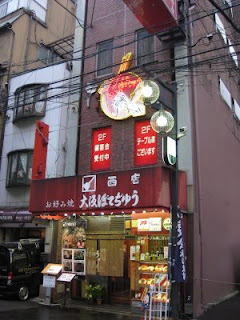MacDonald selling Potato ?
IN JAPAN
There isn't anything called "french fries" in Japan's MacDonalds menus. Instead you will find a word "ポテト”, which is a direct english translation for the word "Potato". Perhaps because they have difficulties translating it into hiragana. Japanese has weak tolerance against spicyness and that explains why they only serve ketchup without chilli. As I don't really fancy ketchup, I have been eating MacDonalds without any sauce since I arrived in Japan 2 years ago....
IN SINGAPORE
Luckily, we still use the word "french fries" for french fries. The only difference is the kind of sauce we have in Singapore. As compared to Japan, Singapore's MacDonalds does provides a great varieties of sauce, e.g ketchup, chilli sauce, sweet chilli sauce ....
There isn't anything called "french fries" in Japan's MacDonalds menus. Instead you will find a word "ポテト”, which is a direct english translation for the word "Potato". Perhaps because they have difficulties translating it into hiragana. Japanese has weak tolerance against spicyness and that explains why they only serve ketchup without chilli. As I don't really fancy ketchup, I have been eating MacDonalds without any sauce since I arrived in Japan 2 years ago....
IN SINGAPORE
Luckily, we still use the word "french fries" for french fries. The only difference is the kind of sauce we have in Singapore. As compared to Japan, Singapore's MacDonalds does provides a great varieties of sauce, e.g ketchup, chilli sauce, sweet chilli sauce ....
























0 comments:
Post a Comment